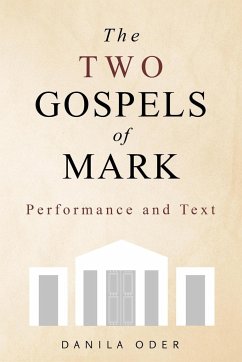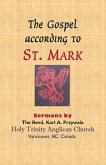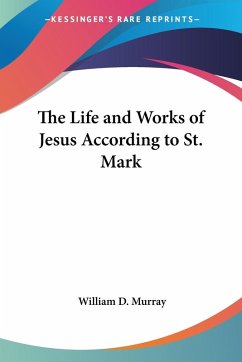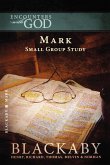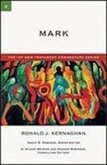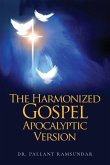The Gospel of Mark is not the memoirs of Peter, recorded by his secretary. Why did someone write this foundational text of early Christianity? In The Two Gospels of Mark: Performance and Text, Danila Oder argues, for the first time, that the Gospel of Mark was initially an entertaining play performed in Rome in 90-95 CE. The playwright known to history as "Mark" preserved the experience of performance in a narrative, literary text in the style of Scripture. Mark's narrative text, much edited, is the ancestor of the Gospel of Mark we know. In modern terms, Mark novelized a screenplay. Oder proposes that the play was produced by the Judean sympathizer Flavia Domitilla, a Roman Gentile aristocrat who donated the earliest Christian catacombs in Rome to her congregation. As a niece of the Emperor Domitian, Flavia was able to provide the private theater necessary for a private production of the play. It was benefaction, a gift to her congregation. In The Two Gospels of Mark, Oder assumes that the congregation's Jesus was a heavenly being, a divine intermediary. The play dramatized many scenarios that involved this Jesus, who came to earth in order to die and rise. These scenarios, mainly drawn from Scripture, were already familiar to the congregation and used in their religious worship and study. Mark was the first writer to organize them and combine them into a story. Oder closely analyzes the text of the Gospel of Mark from the point of view of a director and stage manager. She identifies the plot and subplot of the play, and reconstructs the actions of many scenes. She also identifies many editorial changes to Mark's literary text. Appendix E provides a summary reconstruction of the action of the performed play. Oder discusses the fate of Mark's text in the second century. The Roman church decided to promote the historical Jesus of Nazareth in order to bolster the authority of the apostles. The church therefore obfuscated Mark's identity and the origin of his story. By identifying the Gospel of Mark as originating in a performed play, The Two Gospels of Mark challenges the prevailing scholarly assumptions that Mark's purpose was biographical, historical, or evangelical. However, the fact that Mark wrote a literary text shows that he hoped it would be used as Scripture, as a story that told religious truths already known to the congregation. The book is written for scholars and advanced amateurs of early Christianity who are comfortable with Jesus mythicism and who are willing to study the Gospel of Mark in depth. It is also of interest to historians of ancient theater. The book is 216 pages, including footnotes, endnotes, a bibliography, and an index.
Hinweis: Dieser Artikel kann nur an eine deutsche Lieferadresse ausgeliefert werden.
Hinweis: Dieser Artikel kann nur an eine deutsche Lieferadresse ausgeliefert werden.

